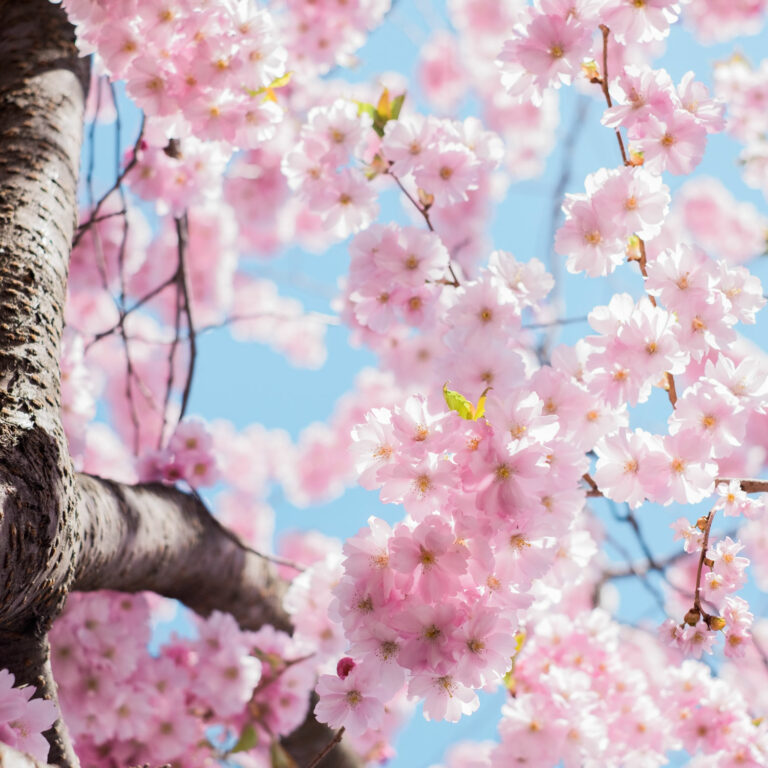We’ve identified the top poses for insomnia you can do before bed.
You probably already know that yoga is good for reducing stress and increasing strength and flexibility. It’s also great for improving mental health and focus, and improving breathing. But, you may be surprised to learn how great yoga can be when it comes to improving your sleep quality, even if you suffer from insomnia. Let’s look at the best yoga poses for insomnia.
Insomnia is the most common sleep disorder amongst adults and it is largely under-diagnosed. It is predicted, concrete numbers are not available. That as many as 40% of adults in the USA suffer from some form of insomnia each year and about 10-15% of adults in the USA suffer from chronic insomnia. Luckily, yoga has and will continue to help many people relieve the bad side effects that come along with sleep disorders. Specifically, we will show you the best yoga poses for insomnia.
How does yoga improve sleep quality?
There are several ways that yoga can help improve your health, which is directly linked to better sleep quality overall.
- Yoga lowers stress levels. Most yogis are quick to agree that regular yoga practice actively helps reduce stress in their daily lives. The deep breathing that links each yoga posture and unites your practice also helps to create a mindful attitude that will follow you through your whole day while lowering your natural stress levels. Yoga also helps to lower cortisol levels in the brain which are directly responsible for elevated stress.
- Yoga calms and regulates the nervous system. Many insomniacs suffer from a feeling of hyper arousal which leads to restlessness and loss of sleep at night. Yoga works to combat this hyper arousal by regulating the nervous system and resetting your sleep-wake cycle. The natural flow of a yoga practice allows your body to work hard and then rest which activates the parasympathetic nervous system naturally resulting in better sleep at night.
- Daily yoga aids to set up a routine that helps insomniacs find better quality sleep faster. When it comes to insomnia, having a daily routine can be key. A consistent routine helps alert your body when it is the appropriate time for sleep, and when it is the appropriate time to be awake. Incorporating a gentle yoga flow into your nighttime routine will send your brain the signal that the time for sleep is approaching. A nighttime yoga flow will also help slow your breathing and promote relaxation which leads to sleep.
- Yoga is a form of active meditation that helps to clear your mind. Focusing on your yoga practice and breathing helps you relax and clear your mind. Often insomniacs have trouble falling asleep because of an overly active mind that is full of doubt and uncertainty. Yoga helps release these thoughts by teaching you to focus on your pose and empty your mind of any mental distractions. This active meditation gives your brain some needed rest which in turn leads to better quality sleep that lasts longer.
Yoga poses for insomnia, and improving sleep quality
Some yoga poses are more beneficial when it comes to sleep because they actively work to massage and wring out your internal organs while applying pressure to all the right places on your body that promote relaxation. This is another way yoga can help insomnia patients. The following poses also help reset your sleep-wake cycle, also known as your circadian rhythm.
- Standing Forward Fold, Uttanasana
- Seated Forward Fold, Paschimottanasana
- Seated Spinal Twist, Ardha Matsyendrasana
- Child’s Pose, Blasana
- Plow Pose, Halasana
- Supine Spinal Twist, Supta Matsyendrasana
- Reclining Bound Angle, Supta Baddha Konasana
- Legs Up The Wall, Viparita Karani
- Corpse Pose, Savasana
- Breathing Exercises, Pranayama
- Left Nostril Breathing, Surya Bhedana
Chronic insomnia and yoga research
A recent study conducted by researchers at Harvard Medical School found immense improvements in insomnia patients’ quantity and quality of sleep after introducing a daily beneficial yoga practice into their routine. The study included people with both primary and secondary insomnia, to test that yoga can help insomnia in all forms. Primary insomnia develops on its own and is not a side effect of other stressors or health problems. Secondary insomnia is directly linked to other health issues, both physical and mental. Our yoga poses for insomnia can help with both primary and secondary.
After the allotted eight-week period, researchers found improvements in each of the subjects who completed the evaluation. Not only did total sleep time increase, but the time it took to fall back asleep after waking also became smaller. Plus, they found themselves waking less frequently overall. For more sleep studies you can also check out sites like Sleep Report.
More research is needed for us to fully understand the science and medicine behind the full effects yoga can help insomnia, but regardless of how and why it works, it simply does. Give our yoga poses for insomnia a try and see how much yoga can benefit your sleep quality and habits, even if you don’t have insomnia.
Learn how to create balance in both body and mind so you can get back to a sound night’s sleep at any one of our yoga training retreats. Learn More.
by Jennifer Hay








